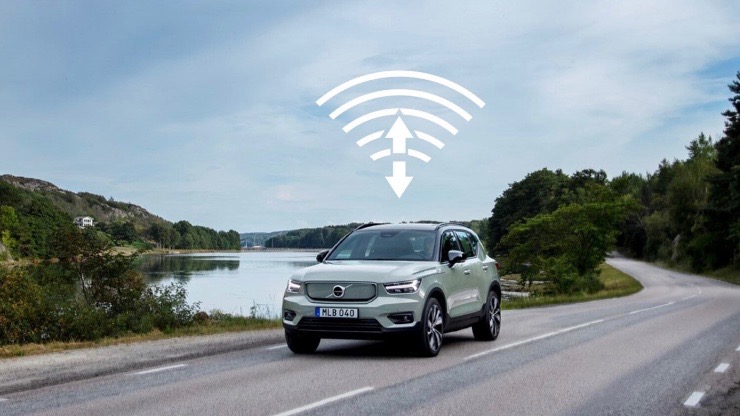Volvo and Ericsson achieve first cross-border 5G network vehicular handover
The test at AstaZero track, Sweden, proves seamless service continuity on 5G networks can be guaranteed across borders.

Ericsson and Volvo Cars have become the first to carry out successful test handover of connected cars between two national mobile 5G networks. The test took place at the AstaZero test track in Sweden and is part of the EU-funded 5GCroCo project – a major initiative that is preparing for large-scale connected car trials along a 5G corridor between Metz in France, Merzig in Germany and Luxembourg.
Cross-border 5G handovers
The AstaZero track tests, carried out by Ericsson and Volvo, proved that seamless service continuity on 5G networks can be guaranteed across borders. This is good news indeed, as cross-border handovers are essential to enabling continuous driving experiences between national networks when connected and autonomous vehicles cross from one country to another.
Crossing borders by car is often part of a longer journey – and long journeys are one of the circumstances when high-quality maps are appreciated most. The Ericsson/Volvo trial utilised 5G technology to ensure that maps were constantly updated with the latest real-time information to aid future autonomous driving operations and an understanding of the environment beyond the range of the vehicle and its sensors.
“Expand the network mobility of autonomous and connected cars.”
Mikael Prytz, Ericsson Area Networks.
“Sharing an updated map with other cars is a latency-sensitive task and requires high network performance within and across multiple networks. During the test at the AstaZero track, we could tackle this challenge with promising results. We are excited to continue our cooperation with Volvo Cars to expand the network mobility of autonomous and connected cars,” said Mikael Prytz, Research Director, Ericsson Area Networks.
5G mobile radio network
In the test, Ericsson deployed a 5G mobile radio network, while two Volvo cars received an HD map of the route ahead. Using 5G networks in this way, the maps are constantly updating in real-time with updates to the Mobile Edge Cloud, which allows cars behind to obtain relevant updates from the Cloud. This real-time information from sensor readings allows connected cars can detect and distinguish between driving lanes ahead.
The HD map application, provided by Volvo, captured information about the boundaries of straight and turning lanes, so that the cars could better recognise different situations. This functionality was made possible by the Cooperative, Connected, and Automated Mobility ecosystem, enabling autonomous and connected cars to behave like smart clusters rather than individual units.
Get up to speed with 5G, and discover the latest deals, news, and insight!
- Why 5G small cells are vital for mmWave 5G
- Get updates on the hottest 5G stocks
- We reveal the latest 5G use cases
- Discover the truth behind 5G dangers
- 5G towers: everything you need to know
Rachael is a British journalist with 17 years experience in the publishing industry. Since launching www.digitalcameraworld.com, she’s been freelancing, and working for some of the world’s best-loved websites and magazines including T3.com and TechRadar.com and has also had a book, iPad for Photographers, published. A regular contributor at 5Gradar, Rachael is following the 5G market closely. Find out more at www.rachaelsharpe.com

